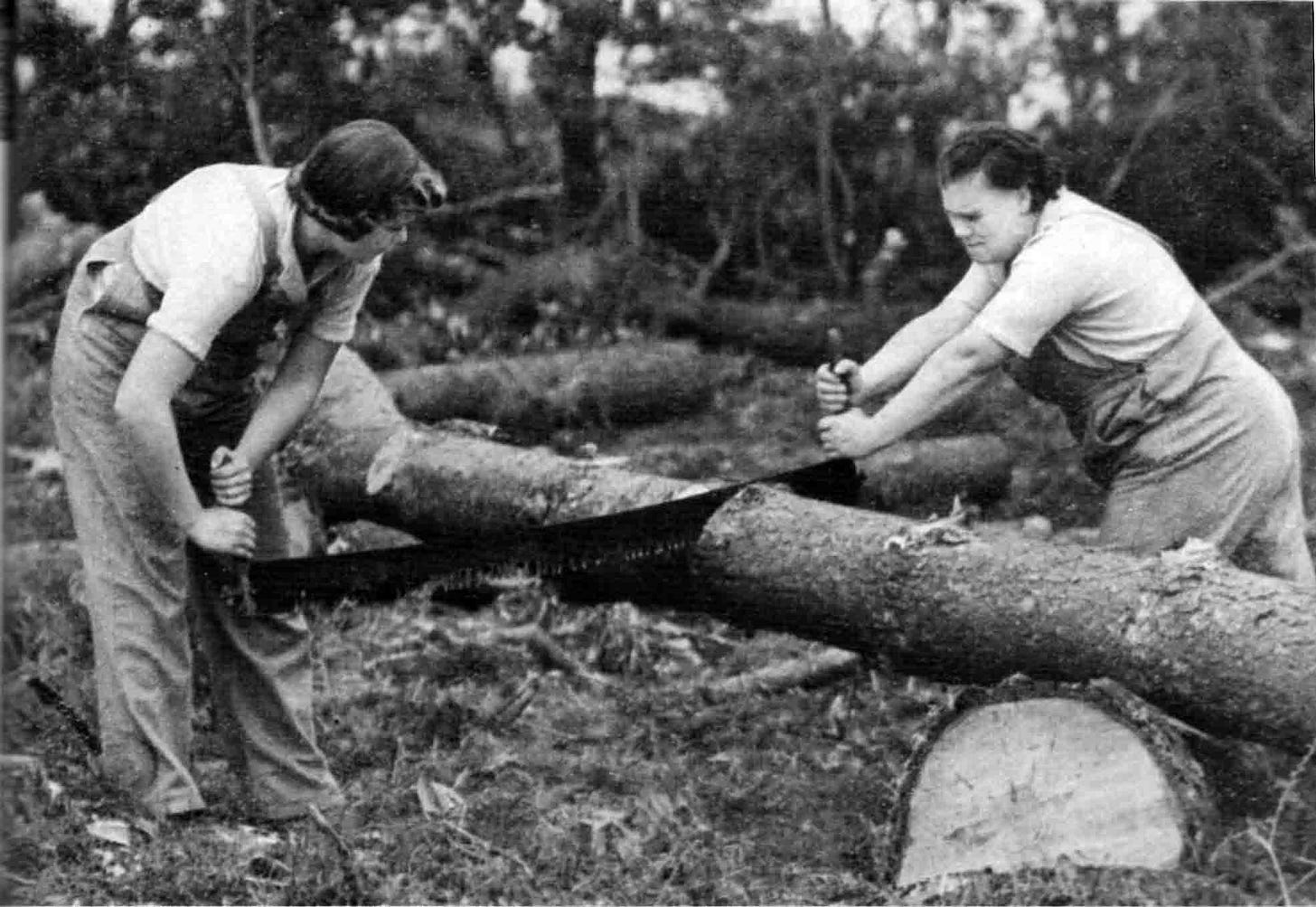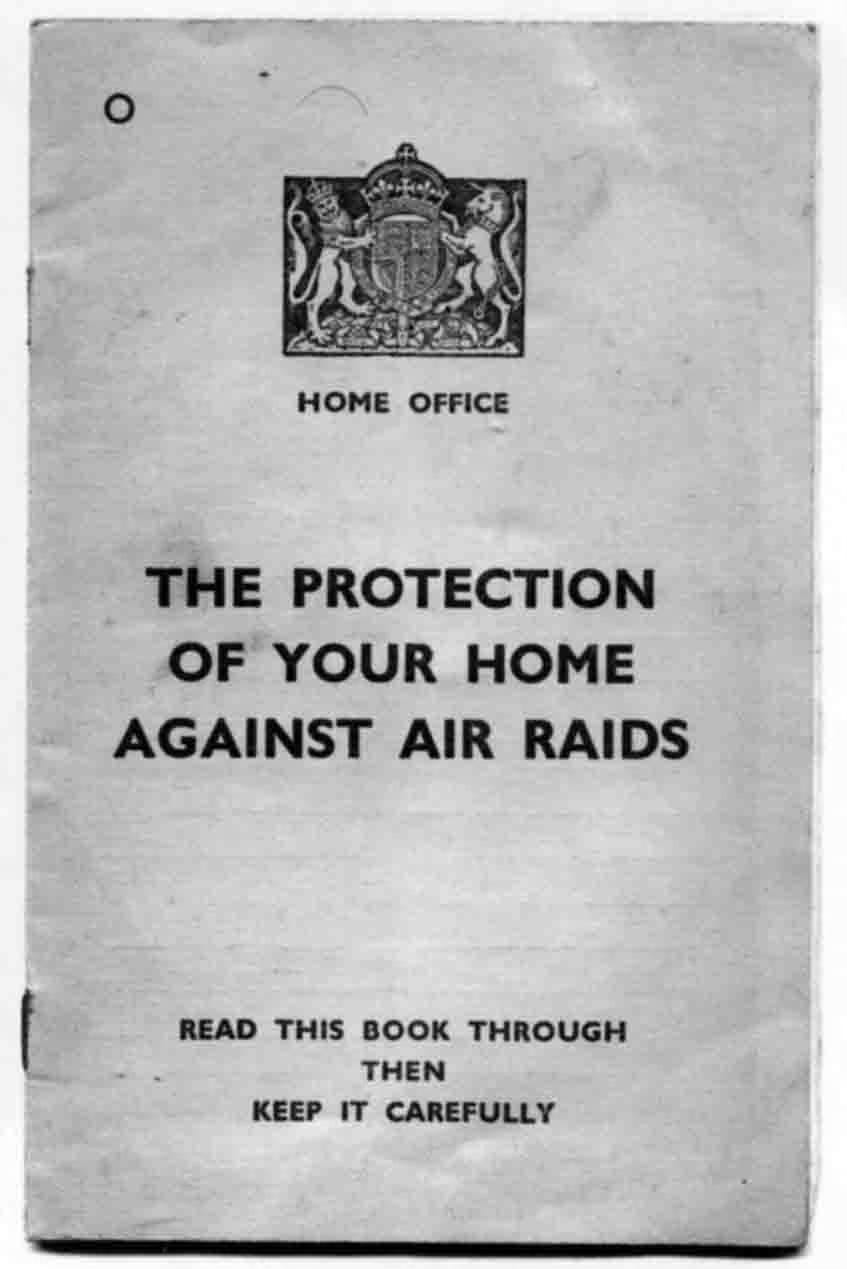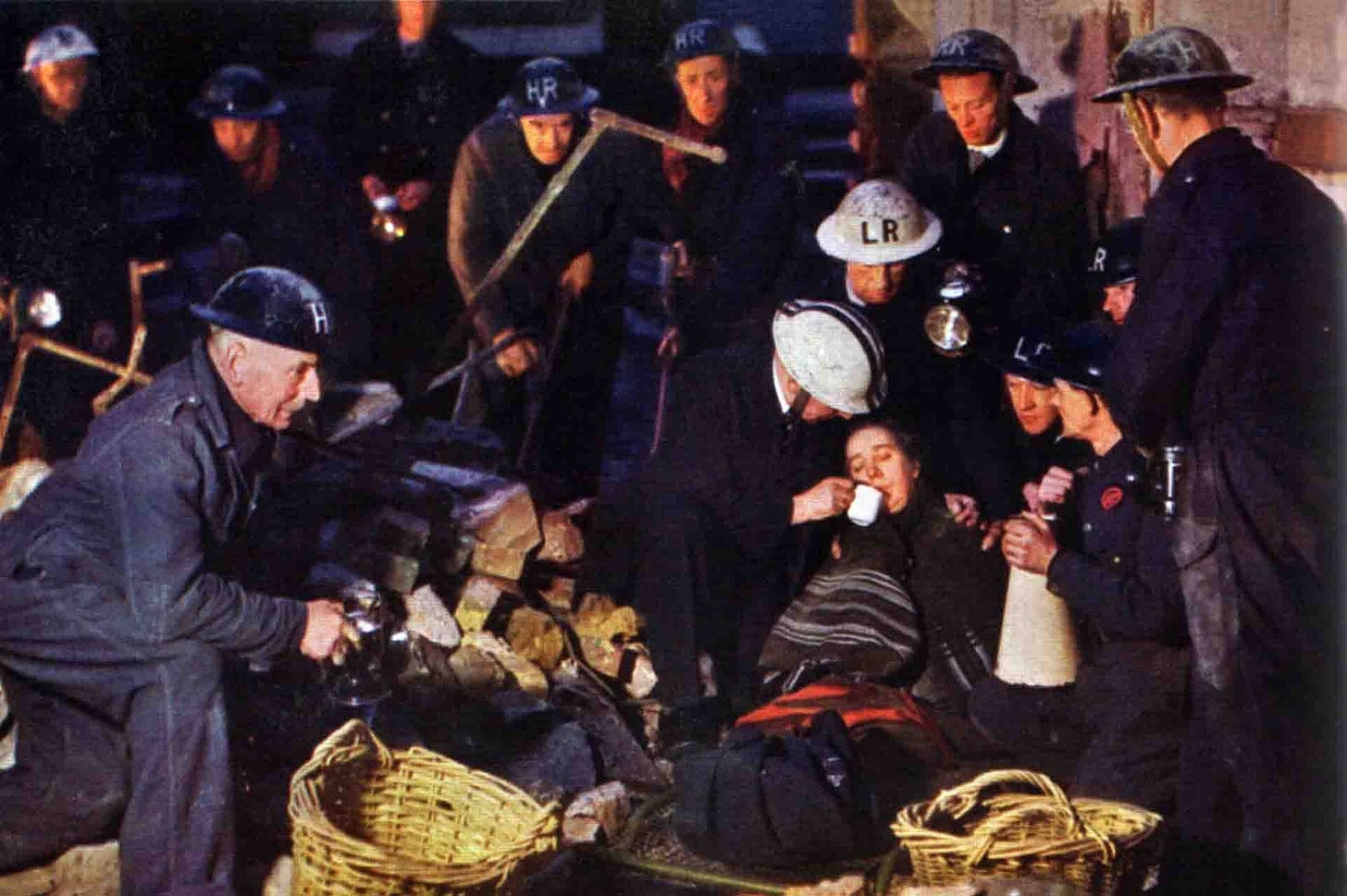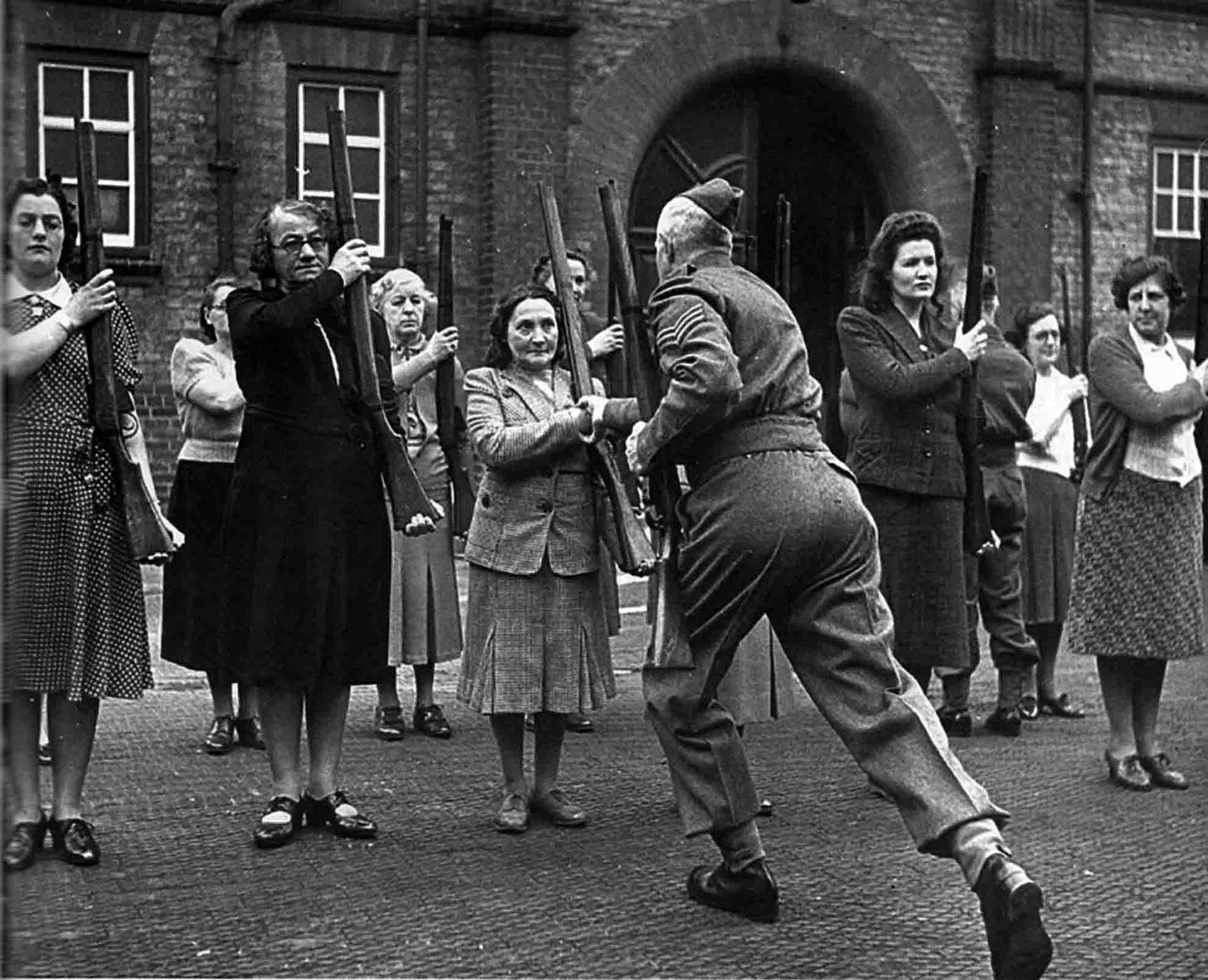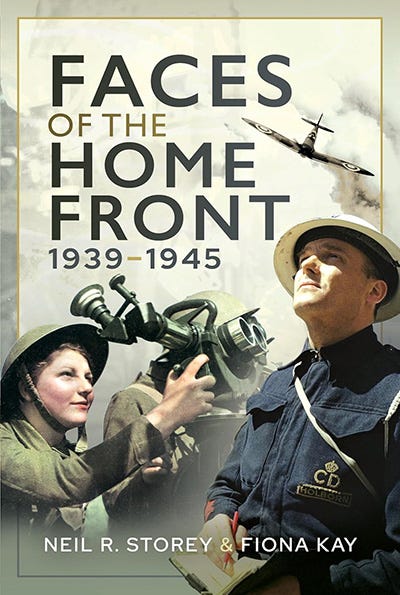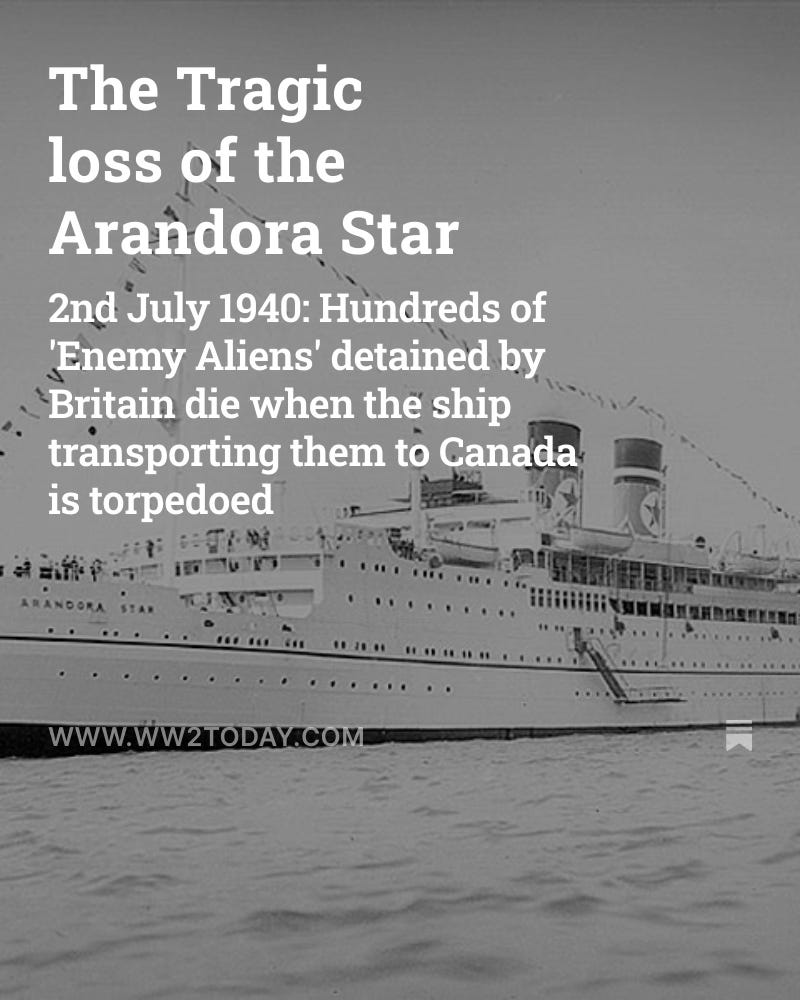'Faces from the Home Front'
A collection of rarely seen and never previously published images that reveals how Britain faced up to war

The spectre of modern war had hung over Britain for most of the 1930s. It was commonly believed that ‘the bomber will always get through’ - and as a consequence there would be widespread destruction and casualties. By 1939 Britain had highly developed organisations, manned by hundreds of thousands of volunteers, prepared to respond to the war at home. When war did arrive, the number of volunteers multiplied, not least for the Local Defence Volunteers, later renamed the ‘Home Guard’, but also for many other voluntary roles, for both men and women.
Alongside an impressive collection of photographs Faces from the Home Front 1939-1945 contains some thoroughly researched background details on the different roles people played, and how many of them evolved during the course of the war. The following excerpt considers the work of the ARP:
Air Raid Precautions was an umbrella organisation that had a number of its own specialist ‘arms’ as shown in the National Service booklet (1939): Air Raid Wardens, Rescue (later further delineated to Rescue (General), and specialist Light Rescue and Heavy Rescue) and Demolition Parties, First Aid Parties, First Aid Posts, Ambulance Drivers and Attendants, Decontamination Squads (trained to remove all traces of dangerous or persistent gas dropped or sprayed from enemy aircraft onto streets, vehicles and buildings) and finally, Report Centres and Communications (later known as Report and Control). There were also miscellaneous duties sections and the Messenger Service.
By 1939 over 500,000 people had enrolled as members of the ARP services. Thousands more local council employees, transport workers, shop staff, factory and business employees and thousands of members of the public would all have, at the very least, been given a short course in ARP training.
This would have included how to make your home safe from air attack, what to do in the event of an air raid, the establishment and stocking of a refuge room for you and your family, the dangers of poison gas, how to put on and maintain your gas mask, extinguishing incendiary bombs and some basic first aid. Most factories and larger employers even set up their own ARP units, some with their own badges and insignia.
To become an Air Raid Warden one would first apply to their local council, the National Service booklet outlined the qualifications for acceptance as:
Air Raid Wardens should preferably be people who live in the district where their duties will lie. Men who are over the age of 30 are needed, and men between 25 and 30 may also apply if not available for more active service. Some women over the age of 25 are also needed.
Over the course of the war the age stipulation for female volunteers was reduced. The rule of thumb used by many recruiters for the ARP, which was repeated on many local recruitment films was, ‘if they are fit enough and keen enough to do the job - we’ll train ’em to do it!’
In ARP: A Practical Guide (1939) the type of person suitable for warden’s work was described:
The Air Raid Warden occupies a most important place in the general scheme of Air Raid Precautions. He should be a responsible and reliable member of the public, free from physical or temperamental disability, whose duty is to advise and instruct his neighbours how to protect themselves against injury from air attack, and to this end to fit them with the necessary respirators, and make known the precautions available to safeguard life and property.
In war time the warden is expected to act with courage and presence of mind a: as leader and helper of the people in his immediate neighbourhood and b: as a link between such people and the local ARP services.
...
Every wardens’ post was equipped with stirrup pumps, fire fighting apparatus, scoops and hoes for dealing with incendiary bombs, aswell as buckets of sand and water. There would also be first aid kits, a rattle for each warden on duty to sound the warning in the event of a poison gas attack, and a hand bell to sound and enforce the siren’s single rising note for ‘All Clear’ raiders passed. There would be a telephone, usually manned by the Post Warden, to receive notifications from the control such as colour codes for the state of alerts, or to be used to report incidents, damage and casualties to the control centre who would despatch fire crews, rescue parties and ambulances as required.
Individual wardens would have to acquire a thorough knowledge of their sector and its inhabitants for, example a young mother with baby twins and toddlers with a husband away at the war would need assistance putting on and operating the babies’ gas masks in the event of a gas attack. Every warden would also need to familiarise themselves with the location of domestic and public shelters, gas mains, electric cables and telephones in their sector. Wardens would keep in touch with all those under their care and ensure any necessary ARP advice was passed on to them.
On the receipt of the air raid warning, wardens them would be out patrolling their sector in pairs. divided to their duties, most of Others remained at the post to contact the control room if an emergency occurred. If a bomb fell in their sector, one warden would note down the details and either return to their post to hand in the report personally or send it back as a message while their colleague attended he incident.
The warden’s post then informed their control centre, which in turn ordered out the emergency services required to attend the incident. Wardens would often be first on the scene if air raid damage had occurred and the procedures to be carried out in the event of such an incident occurring were rehearsed by staging regular drills and exercises which taught the wardens to work together and fostered strong team skills.
White helmets stood out, even in the dark, and enabled those arriving at the scene to spot those in charge at a glance. A host of different letters appeared on helmets such as ‘R’ for Rescue, ‘HR’ for Heavy Rescue, ‘LR* for Light Rescue, ‘FAP’ for First Aid Party and A’ for ambulance worker. The lettering was on both front and back of the helmet so that the role of the wearer could still be seen if they were turned away while helping among debris.
...
Gas
Lectures were given and every warden would have owned a copy of Air Raid Precautions Handbook No. 1: Personal Protection Against Gas (1938).
Barbara Nixon, who volunteered as a part-time warden in Finsbury, central London in May 1940 would recall of her training:
We were given several lectures on the smells and effects of the different war gases. We were told of the various standards of shelter protection authorised by the Government. We were taught three ways of dealing with a small incendiary bomb and we were told that blast from high explosive travels, like sound, in all directions and has an outward and a suction wave.
That was all.. . With the knowledge that Lewisite smelt of geraniums and BBC [a form of Tear Gas] of bittersweet (a flower the average cockney had never even heard of)...and armed with a tin hat and a whistle, I and hundreds of others, faced the blitzes that burst on us.
Huge efforts were made to keep abreast of the developments in the chemical weapons that could be used and to provide suitable protection to armed forces, emergency services and the civilian population as a whole. The undertaking was huge, a cloud of poison gas does not discriminate, everyone would need to be protected. In this book which looks at the many faces of the home front, it is somewhat ironic that some of the the most iconic photographs of faces during the war show them covered with gas masks.
© Neil R Storey and Fiona Kay 2021, 'Faces from the Home Front 1939-1945'. Reproduced courtesy of Pen & Sword Publishers Ltd.
Affiliate Links
Recently on World War II Today ...
[-


